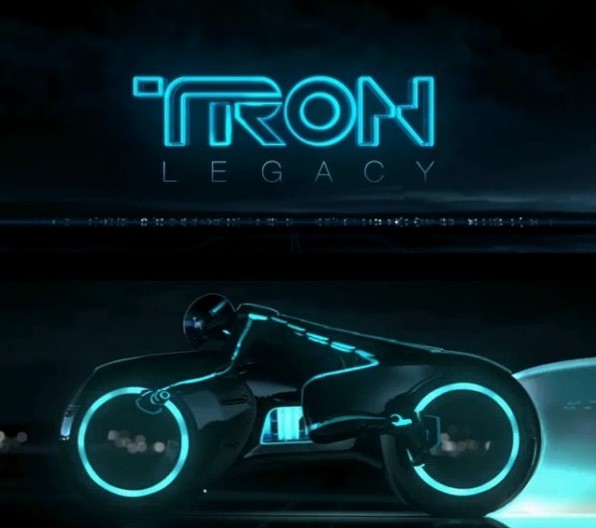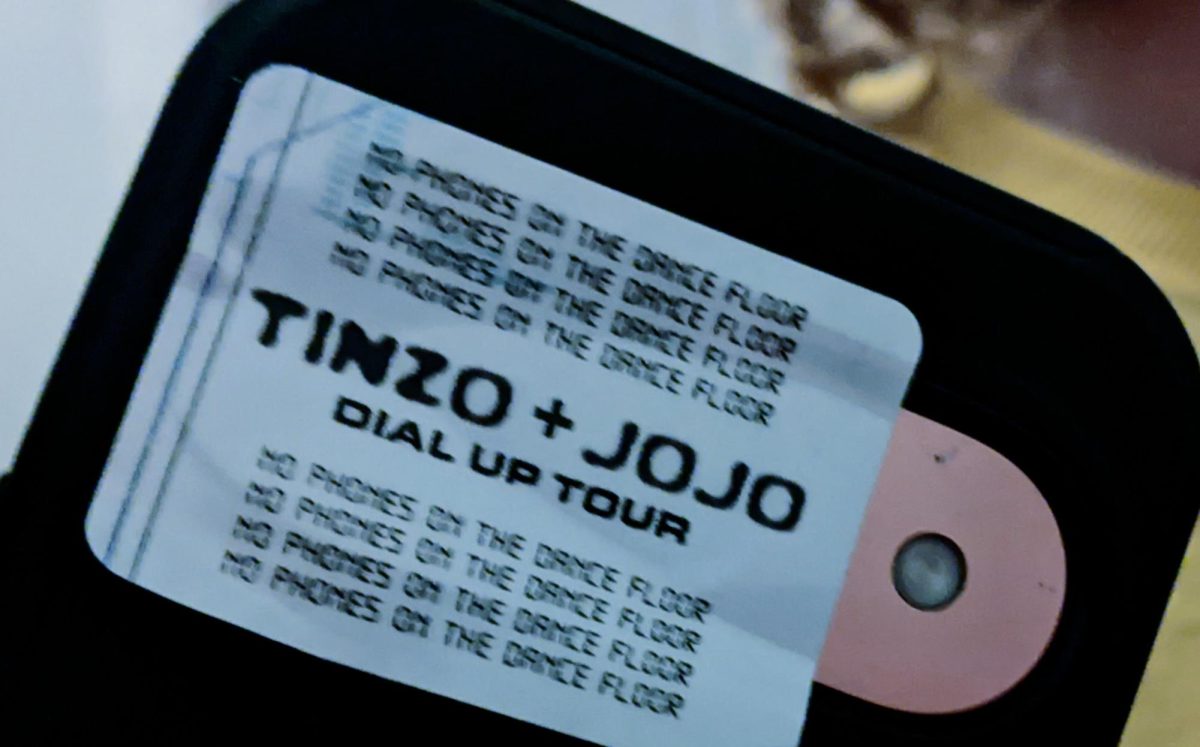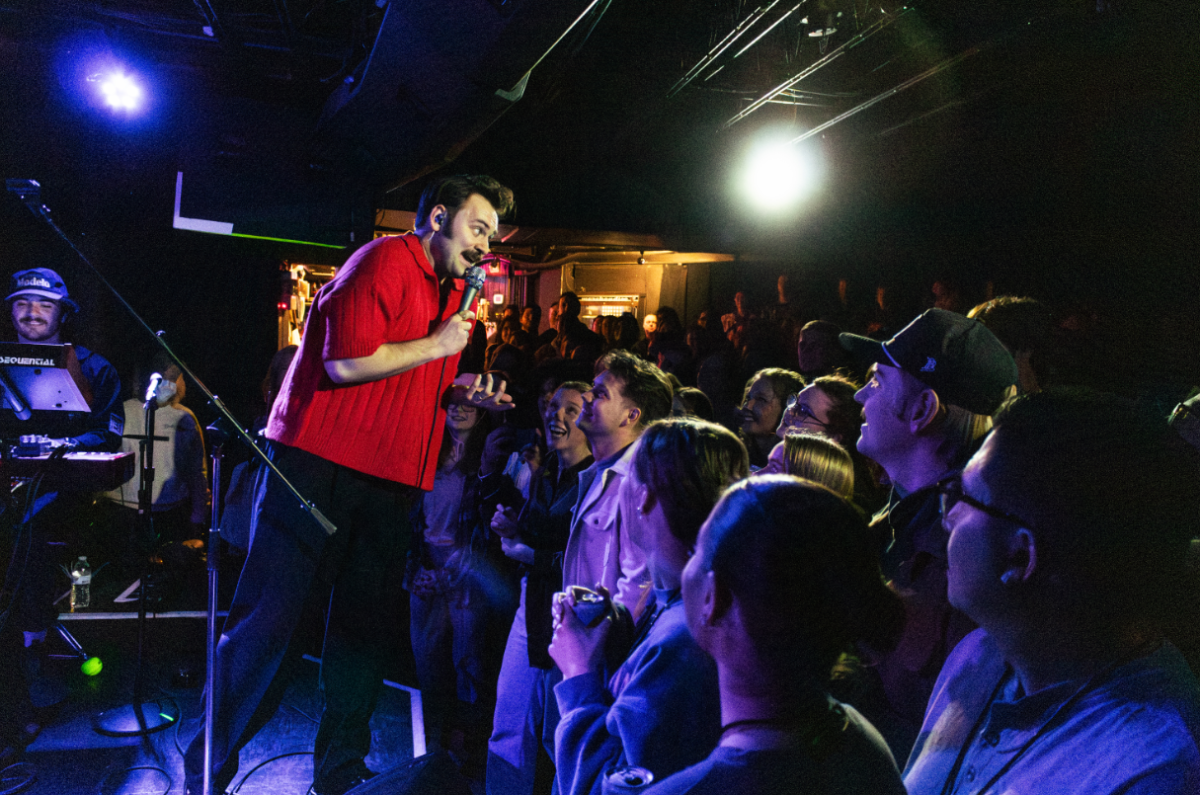Daft Punk âÄî Tron: Legacy (Original Soundtrack)
Label: Walt Disney Records
Almost three decades after the original film was released to what can only be interpreted as moderate success, Disney is just a few short weeks away from finally releasing its âÄúTronâÄù sequel, âÄúTron: Legacy.âÄù
In the 30 years since Jeff Bridges first stepped into that half-intriguing, half-cheesy computer world, people have seemed to set aside the fact that original trapped-in-a-videogame story wasnâÄôt all too enthralling. With artificial fan-made soundtracks regularly popping up online over the course of the last year, the same sort of unwarranted excitement has been demonstrated towards Daft PunkâÄôs original score for the film.
As is the case with a âÄúTronâÄù sequel itself, such fervor doesnâÄôt make complete sense. Daft Punk released their last proper studio album, âÄúHuman After All,âÄù in 2005. It marked a point at which the French duoâÄôs influence in the house scene had outshined their actual skills. Still, the oft-sampled sublimity of their turn-of-the-century singles like âÄúOne More TimeâÄú has placed them on a future-pop pedestal, which sort of makes them the best men for this task.
The day âÄúTron: LegacyâÄù is released, their efforts may be wholly validated. Through the hour-long pastiche of orchestral strings and sludgy pulses, Daft PunkâÄôs work seems to be exactly how this return to âÄúTronâÄù should be aurally experienced. The droned bass carries an 8-bit sensibility throughout the tracks, allowing this dated videogame aesthetic to creep towards the surface.
Similarly, the choral synthesizers carry a contrasting optimism over the larger moments of grandeur. There is that tug-of-war between dystopic and rapturous that harkens back to VangelisâÄô work with the âÄúBlade RunnerâÄù soundtrack.
As satisfying as this work may ultimately be when united with the visuals, it really fails to work as a satisfying Daft Punk release. Their production virtuosity shines as usual. The string orchestration burdens the first half of the score too heavily while the second portionâÄôs technically astounding glitch patterns are abandoned before the two can give them their proper crescendos.
They say absence makes the heart grow fonder, so perhaps that fact alone could explain all this misguided optimism for these two pieces of electronically charged pop culture. While this is not the Daft Punk release many have been waiting for, it still only furthers the anticipation for the day when their next proper album arrives.
2.5/4 Stars
Dntel âÄî After Parties 1 & 2
Label: Sub Pop
When Jimmy Tamborello crawled out from underneath the Dntel moniker to create a more collaborative electro-pop experience with his Postal Service counterpart, Ben Gibbard, the two both shared an identical level of unknown exposure.
However, as GibbardâÄôs dreamy, boyish vocals carried The Postal ServiceâÄôs and Death Cab For CutieâÄòs songs through a continuous chain of TV-show and commercial spots, TamborelloâÄôs electronic tinkerings would perpetually remain understated.
No one needs to weep over TamborelloâÄôs less-recognized involvement in such a widely digested piece of indie-pop culture. After all, TamborelloâÄôs heralded LP âÄúLife Is Full of PossibilitiesâÄù is dominated by guest spots, Gibbard included.
His approach to his equipment and production is minimal and without any overt complexities in his signatures or shifts. Regardless, Tamborello has always been doing something comparatively intimate within an electronic sphere in which artistic emotion or verve remains secondary to production flourishes.
Just as Gibbard has made a career out of his high-pitched, breathy confessionals, Tamborello has done so with his continually personal, albeit minimal, ambient compositions.
With a knack for constructing his full-lengths around guest vocals, TamborelloâÄôs new collection of EPs, âÄúAfter Parties 1 & 2,âÄù make his previous patterns of collaboration appear as a bit of a masking effort.
While the opening track does aimlessly bounce a bit unevenly between time signatures and a considerably worn-out arpeggiator pattern, the bulk of these tracks plays out as personal ruminations on nighttime loneliness. The emotive progression almost lends a conceptual undertone to this collection of songs.
The next track, âÄúLindsey,âÄù is a simple construction of a heartbeat bass and a circling key progression. TamborelloâÄôs technique is basic, but effective. This is not a bells-and-whistles affair. These are not songs for the club. They are songs for the bus ride home.
This pairing of EPs almost ends on a cyclical note. The dizzy chords of âÄúAimlessâÄù takes a club bass line, cuts it with a harsher treble and lets the uneven bells in the back stumble across this 4 a.m. kind of song.
What is most important at the end, however, is TamborelloâÄôs expressive success in the absence of his vocal crutches. He has never been a producer of massive technicality. However, his clear ability to be strikingly personal still makes him a standout in a sea of modern electronica.
3/4 Stars








